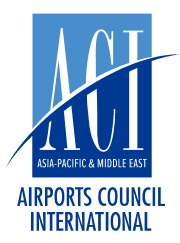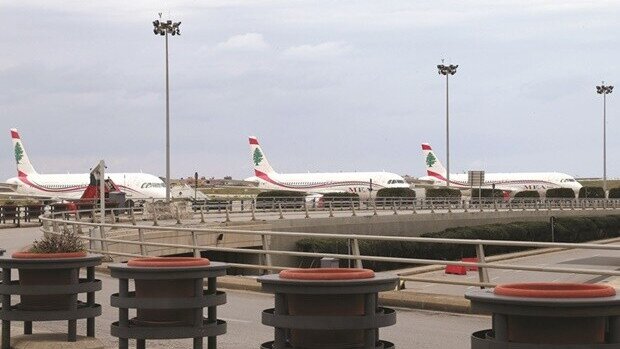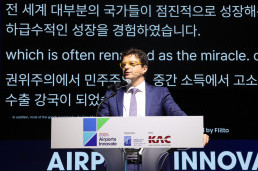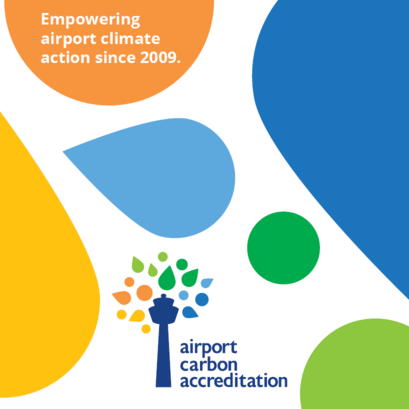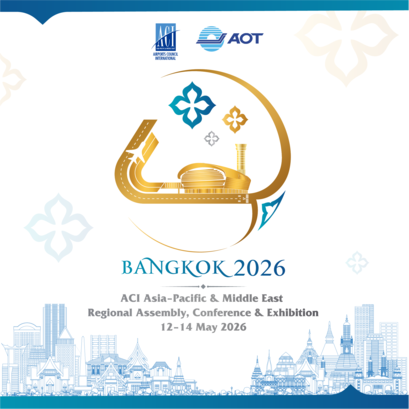
Middle Eastern Airports Require Significant Investments on Infrastructure Upgrade
- 2022-09-15
The aviation industry in the Middle East has benefited significantly from the region’s strategic location – at the cross roads of major economies in Asia, Africa and Europe.
Due to its geographical location, Middle East carriers can easily connect to any continent in the world: From the well-established international hubs of Doha, Dubai, and Abu Dhabi, aircraft can reach almost all of Asia, Africa, Europe within a flying range of eight hours.
According to the Airports Council International (ACI-Asia Pacific) the Middle East region has more than 110 airports. Aviation industry in the region is one of the fastest growing in the world, accounting for 4% (170mn) of the global traffic (4.6bn) in 2021.
In 2019, Middle Eastern airports handled 404mn passengers. In 2020, it handled 135mn and 169mn passengers in 2021.
Middle Eastern airports, in the last two decades, have become popular transit hubs for travellers. With a stopover, passengers can relax, stretch and get some refreshments before continuing their journey.
During pre-Covid, the industry in the Middle East generated $213bn in revenues, accounting for 6% global economic activity.
The sector generated over 3mn jobs until 2019 in the Middle East.
Middle East Airports remained the most impacted in 2021, reached only 42% of its 2019 level by year end. This was mainly due to its dependence on international traffic, ACI Asia-Pacific noted.
This year, the region is expected to reach 67% of 2019 levels and fully recover only in late 2024.
There has been an improvement in traffic in the first four months of 2022 (from January to April) with the region recording 66% traffic compared to the same period in 2019. Cargo throughput too remains positive in the first four months of the 2022, achieving 86% as compared to same period in 2019, ACI Asia-Pacific noted.
ACI forecasts indicate that close to 19.7bn passengers are expected to travel by air globally by 2040 – more than double of the 9bn passengers travelled in 2019.
Middle Eastern Airports are expected to handle 1.1bn passengers by 2040 – a significant increase of nearly 300% of the combined traffic they handled in 2019 (405mn).
ACI noted that to handle the surge, Middle Eastern airports have to develop their infrastructure.
According to ACI forecast, world’s airports are expected to invest nearly $2.4tn to develop their infrastructure by the year 2040.
The Middle East's projected capital expenditure (CAPEX) needs amount to about $151bn between 2021 and 2040.
Near-term (2021-2025) greenfield airport projects are expected to comprise 56% ($17bn) of total near-term regional airport CAPEX, though that share will gradually decrease over the long-run (2026-2040), as the region meets long-run air passenger capacity needs.
To bring to life the ambition of becoming a local gateway for global travel, the Middle East countries are investing billions of dollars into new-build airports to create iconic transport hubs.
At the same time, any failure to address capacity needs to realise projected 2040 passenger demand will have real socio-economic consequences, ACI points out.
Based on the relationship between passenger travel and socio-economic outcomes, for every 1,000,000 foregone passengers due to airport capacity constraints in 2040, it is estimated that the Middle East would lose about 9,600 jobs and $645mn in GDP.
In a statement to Gulf Times, Stefano Baronci, director general, ACI Asia-Pacific said, “With over 110 airports, the Middle East is already one of the globe’s main transport capitals and is one among the fastest growing in the world, accounting for 4% (170mn) of the global traffic (4.6bn) in 2021. During pre-Covid, the aviation industry in the Middle East generated $213bn in revenues, representing 6% of the global economic activity.
“Our forecasts estimate that close to 19.7bn passengers are expected to traverse the world’s airports by 2040 – more than double of the 9bn passengers travelled in 2019. Middle East Airports are expected to handle 1.1bn passengers by 2040 – a significant increase of nearly 300% of the combined traffic they handled in 2019 (405 million). This requires significant investment on infrastructure upgrade.
“Airports in the Middle East will need to spend around $151bn to complete the expansion and modernisation projects for their airports over the next two decades. Many airports in the region have already placed significant emphasis on infrastructure investment as well, with digital innovation and technology driving change.
“A number of Middle Eastern airports have invested billions of dollars into new airports to strengthen its position as global transport hubs. This is a clear indication that the airports have shown the intent towards capacity expansion to meet the future growth.”
Amid the challenges and capacity needs, future indeed looks bright for the region’s aviation industry. Despite the Covid-induced slowdown, the aviation industry in the region is expected to grow further in the coming years.
Clearly, this will mandate facility enhancement and airport infrastructure development.
- CATEGORY
- COUNTRY / AREA
- Qatar
- AUTHOR
- Pratap JohnGulf Times
